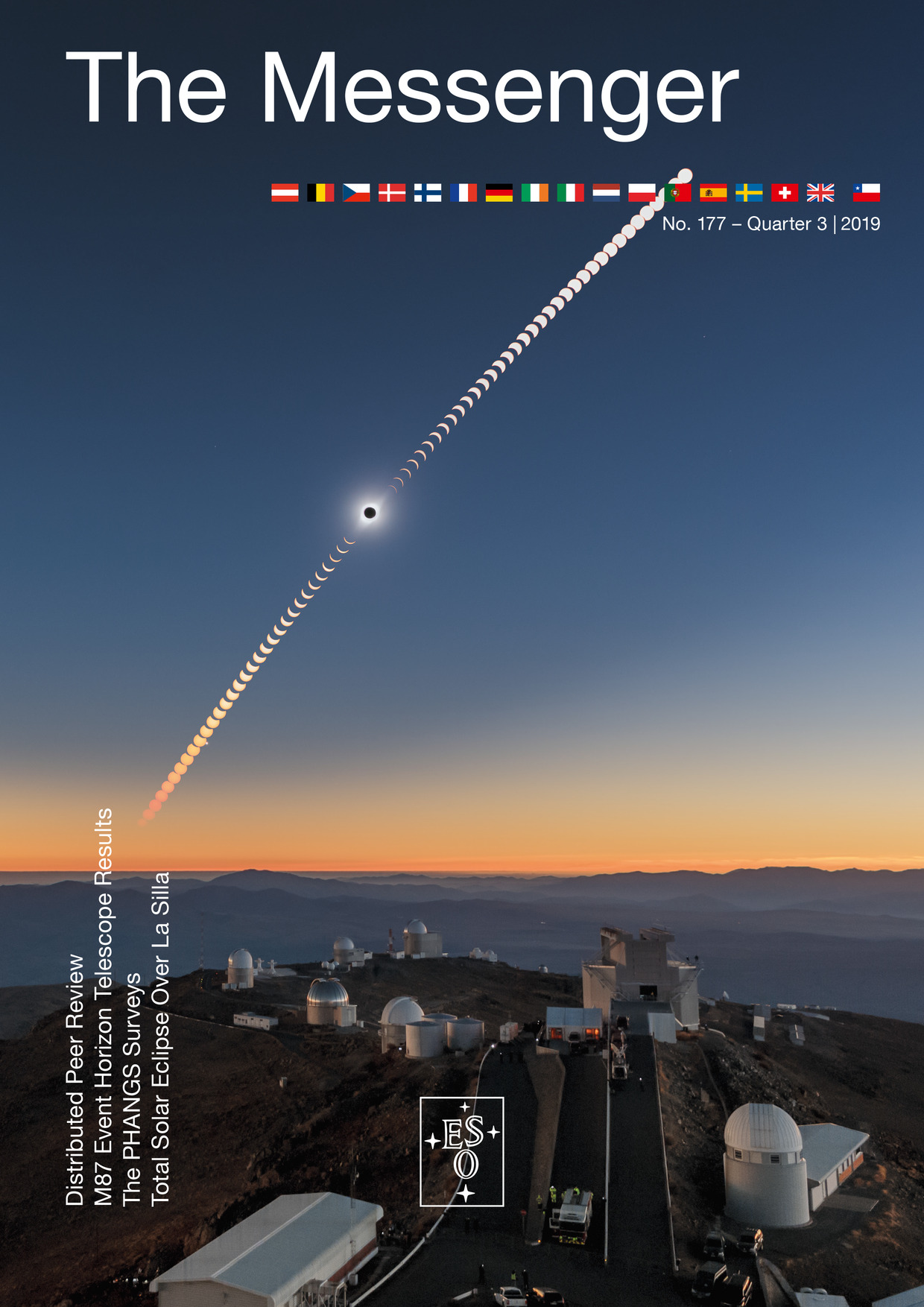Gonté, F., Abad, J. et al.
Bringing the New Adaptive Optics Module for Interferometry (NAOMI) into Operation
Authors:
Gonté, F., Abad, J., Abuter, R., Aller Carpentier, E., Alonso, J., Andofalto, L., Barriga, P., Berger, J., Beuzit, J., Blanchard, I., Bonnet, H., Bourdarot, G., Bourget, P., Brast, R., Bristow, P., Caniguante, L., Cerda, S., Cid, C., Correa, A., Cottalorda, E., Courtney-Barrer, B., Darré, P., Delabre, B., Delboulbé, A., Dembet, R., Donaldson, R., Dorn, R., Dupeyron, J., Dupuy, C., Egner, S., Eisenhauer, F., Faundez, L., Fedrigo, E., Fischer, G., Frank, C., Fuenteseca, E., Gitton, P., Guerlet, T., Guieu, S., Gutierrez, P., Haguenauer, P., Haimerl, A., Haubois, X., Heritier, C., Huber, S., Hubin, N., Jolley, P., Jocou, L., Kirchbauer, J., Kolb, J., Kosmalski, J., Krempl, P., La Fuente, C., Le Bouquin, J., Le Louarn, M., Lilley, P., Lopez, B., Lopez, M., Magnard, Y., Marchetti, E., Mclay, S., Meilland, A., Meister, A., Mérand, A., Moulin, T., Pasquini, L., Paufique, J., Percheron, I., Pettazzi, L., Pfuhl, O., Phan, D., Pino, A., Pirani, W., Quentin, J., Rakich, A., Ramirez, A., Ridings, R., Riedel, M., Reyes, J., Rochat, S., Sanchez, J., Santos Tomás, G., Schmid, C., Shchekaturov, P., Schuhler, N., Seidel, M., Soenke, C., Stadler, E., Stephan, C., Suárez, M., Todorović, M., Valdes, G., Verinaud, C., Woillez, J., Zins, G., Zúñiga-Fernández, S.
Abstract:
NAOMI was developed by a consortium composed of IPAG and ESO. Its Provisional Acceptance Chile review was held in April 2019. The NAOMI systems that have been installed on the Auxiliary Telescopes make the Very Large Telescope Interferometer (VLTI) and its instruments much less dependent on the atmospheric and dome seeing conditions. NAOMI increases the interferometer’s operability and improves the performance of its instruments and, very early on, was identified as being critical to the VLTI. In this article, we review the project, describe its principles and architecture, and offer a preview of the improvements it brings to VLTI instruments.


